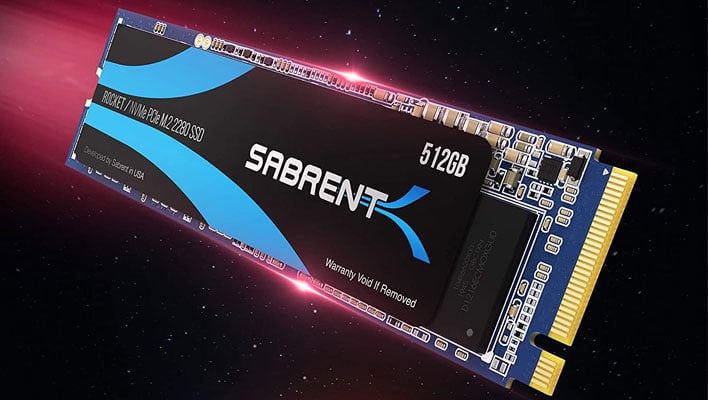sfx2000
Part of the Furniture
They tend to drag their feet or use an in house connector to make it feel special. Well, that's out the door with the statement above.
I don't think Apple likes it one single bit - they've made a metric fark-tonne of money on the MFI (Made for iPhone) based on those Lightning and 30-pin connectors... with USB-C connectivity, that changes
Much like the App Store - EU regs are pushing hard on that as well, making Apple allow 3rd party app stores (actually, they've done this already with Corp App Stores, but nobody mentions that in the blog threads)...
And I agree - USB-C ports haven't really met the expectations that it would be the one ring that binds everything together - that's still a ways away - it's been a better part of at least 11 years now that it's been around...
As you mention - due diligence counts - but that assumes that the person plugging stuff in has done that... that's not how it was supposed to work.


